Functional polarization of tumour-associated macrophages by tumour-derived lactic acid
- PMID: 25043024
- PMCID: PMC4301845
- DOI: 10.1038/nature13490
Functional polarization of tumour-associated macrophages by tumour-derived lactic acid
Abstract
Macrophages have an important role in the maintenance of tissue homeostasis. To perform this function, macrophages must have the capacity to monitor the functional states of their 'client cells': namely, the parenchymal cells in the various tissues in which macrophages reside. Tumours exhibit many features of abnormally developed organs, including tissue architecture and cellular composition. Similarly to macrophages in normal tissues and organs, macrophages in tumours (tumour-associated macrophages) perform some key homeostatic functions that allow tumour maintenance and growth. However, the signals involved in communication between tumours and macrophages are poorly defined. Here we show that lactic acid produced by tumour cells, as a by-product of aerobic or anaerobic glycolysis, has a critical function in signalling, through inducing the expression of vascular endothelial growth factor and the M2-like polarization of tumour-associated macrophages. Furthermore, we demonstrate that this effect of lactic acid is mediated by hypoxia-inducible factor 1α (HIF1α). Finally, we show that the lactate-induced expression of arginase 1 by macrophages has an important role in tumour growth. Collectively, these findings identify a mechanism of communication between macrophages and their client cells, including tumour cells. This communication most probably evolved to promote homeostasis in normal tissues but can also be engaged in tumours to promote their growth.
Conflict of interest statement
Figures




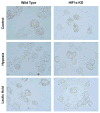





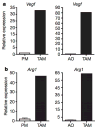
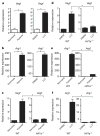
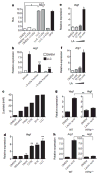
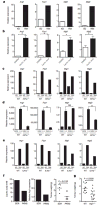
Comment in
-
Tumor cells hijack macrophages via lactic acid.Immunol Cell Biol. 2014 Sep;92(8):647-9. doi: 10.1038/icb.2014.67. Epub 2014 Aug 5. Immunol Cell Biol. 2014. PMID: 25091608 No abstract available.
References
-
- Mantovani A, Allavena P, Sica A, Balkwill F. Cancer-related inflammation. Nature. 2008;454:436–444. - PubMed
Publication types
MeSH terms
Substances
Grants and funding
- R01 AI089771/AI/NIAID NIH HHS/United States
- AI089771/AI/NIAID NIH HHS/United States
- K08 CA172580/CA/NCI NIH HHS/United States
- HHMI/Howard Hughes Medical Institute/United States
- KL2 RR024138/RR/NCRR NIH HHS/United States
- R01 CA157461/CA/NCI NIH HHS/United States
- R37 AI046688/AI/NIAID NIH HHS/United States
- UL1 TR000142/TR/NCATS NIH HHS/United States
- P50 CA121974/CA/NCI NIH HHS/United States
- R01 AI046688/AI/NIAID NIH HHS/United States
- CA157461/CA/NCI NIH HHS/United States
- 1 P50 CA121974/CA/NCI NIH HHS/United States
- 1K08CA172580-01/CA/NCI NIH HHS/United States
- AI046688/AI/NIAID NIH HHS/United States
- 5KL2RR024138/RR/NCRR NIH HHS/United States
LinkOut - more resources
Full Text Sources
Other Literature Sources
Molecular Biology Databases
Research Materials

